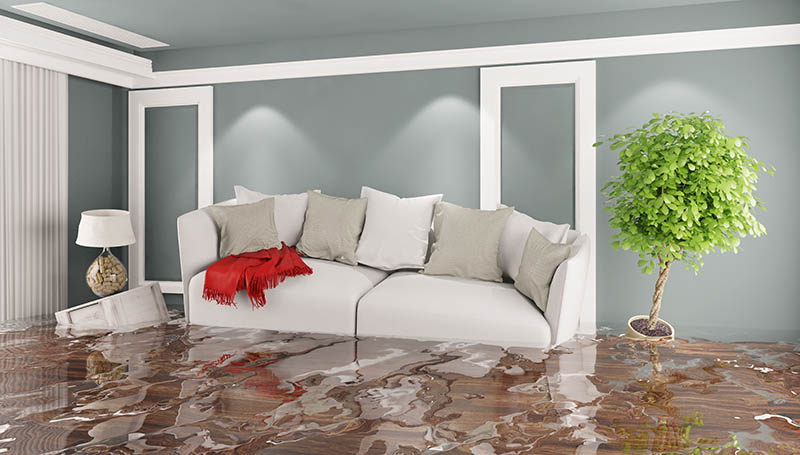Addressing the Six Most Common Water Leaks: Tips for Homeowners
Addressing the Six Most Common Water Leaks: Tips for Homeowners
Blog Article
Presented here in the next paragraph yow will discover a bunch of high-quality data involving How to detect water leaks in your home.

Leakages not only trigger waste of water but can additionally create unnecessary damage to your home and promote undesirable natural growth. Water leakages could go undetected considering that most of the pipework in our home is concealed. By looking as well as comprehending for everyday situations that create leakages, you can safeguard your house from future leaks and unneeded damage. Today, we will consider 6 leak triggers that may be creating your pipelines to drip.
Immediate temperature changes.
Severe temperature adjustments in our pipes can trigger them to increase and get suddenly. This growth and also tightening might cause fractures in the pipelines, specifically if the temperature are listed below freezing.
Corroded water supply
This may be the cause of staining or warping on your water pipelines. If our plumbing system is old, consider replacing the pipelines because they are at a greater threat of rust than the newer models.
Malfunctioning Pipeline Joints
Pipeline joints can deteriorate over time, resulting in water leaks. If you have loud pipelines that make ticking or banging sounds, especially when the warm water is transformed on, your pipe joints are probably under a lot of pressure.
Encroaching origins
Many water leakages start outside the house rather than inside it. You could observe wet spots or sinkholes in your lawn, and that could indicate that tree roots are attacking water lines triggering water to seep out.
Poor Water Connectors
At times, a leakage can be created by loose tubes as well as pipelines that supply your devices. In case of a water links leakage, you may see water running directly from the supply line or pools around your appliances.
Obstructed Drains
Clogged drains could be frustrating and inconveniencing, however they can sometimes end up creating an overflow resulting in break pipes. Maintain getting rid of any products that might go down your drains that might obstruct them to avoid such troubles.
All the above are causes of leakages however not all water leakages result from plumbing leaks; some leaks could originate from roof leaks. All leakages need to be repaired right away to stay clear of water damages.
Leakages not only trigger waste of water however can additionally cause unneeded damages to your residence and promote unwanted organic development. By understanding and also looking for daily situations that create leaks, you can protect your house from future leaks as well as unneeded damage. Today, we will look at six leak triggers that might be creating your pipelines to drip.
At times, a leakage can be created by loose pipes as well as pipelines that supply your home appliances. In instance of a water connections leakage, you might see water running straight from the supply line or pools around your appliances.
How To Check For Water Leak In Your Home
How To Check for Leaks
The average household's leaks can account for nearly 10,000 gallons of water wasted every year and ten percent of homes have leaks that waste 90 gallons or more per day. Common types of leaks found in the home are worn toilet flappers, dripping faucets, and other leaking valves. These types of leaks are often easy to fix, requiring only a few tools and hardware that can pay for themselves in water savings. Fixing easily corrected household water leaks can save homeowners about 10 percent on their water bills.
To check for leaks in your home, you first need to determine whether you're wasting water and then identify the source of the leak. Here are some tips for finding leaks:
Take a look at your water usage during a colder month, such as January or February. If a family of four exceeds 12,000 gallons per month, there are serious leaks.
Check your water meter before and after a two-hour period when no water is being used. If the meter changes at all, you probably have a leak.
Identify toilet leaks by placing a drop of food coloring in the toilet tank. If any color shows up in the bowl after 10 minutes, you have a leak. (Be sure to flush immediately after the experiment to avoid staining the tank.)
Examine faucet gaskets and pipe fittings for any water on the outside of the pipe to check for surface leaks.
Undetected water leaks can happen without the home or business owner even realizing. If you suspect a water leak, but not able to find the source. It is time to contact a professional water leak detection service, The Leak Doctor.
How To Find a Water Leak In Your Home
https://www.leakdoctor.com/blog/How-To-Check-For-Water-Leak-In-Your-Home_AE197.html
I'm just very fascinated by How to Find Water Leaks and I hope you liked the post. Are you aware of another individual who is enthusiastic about the subject? Take a moment to share it. Bless you for your time. Please check up our website back soon.
Schedule Appointment Now Report this page